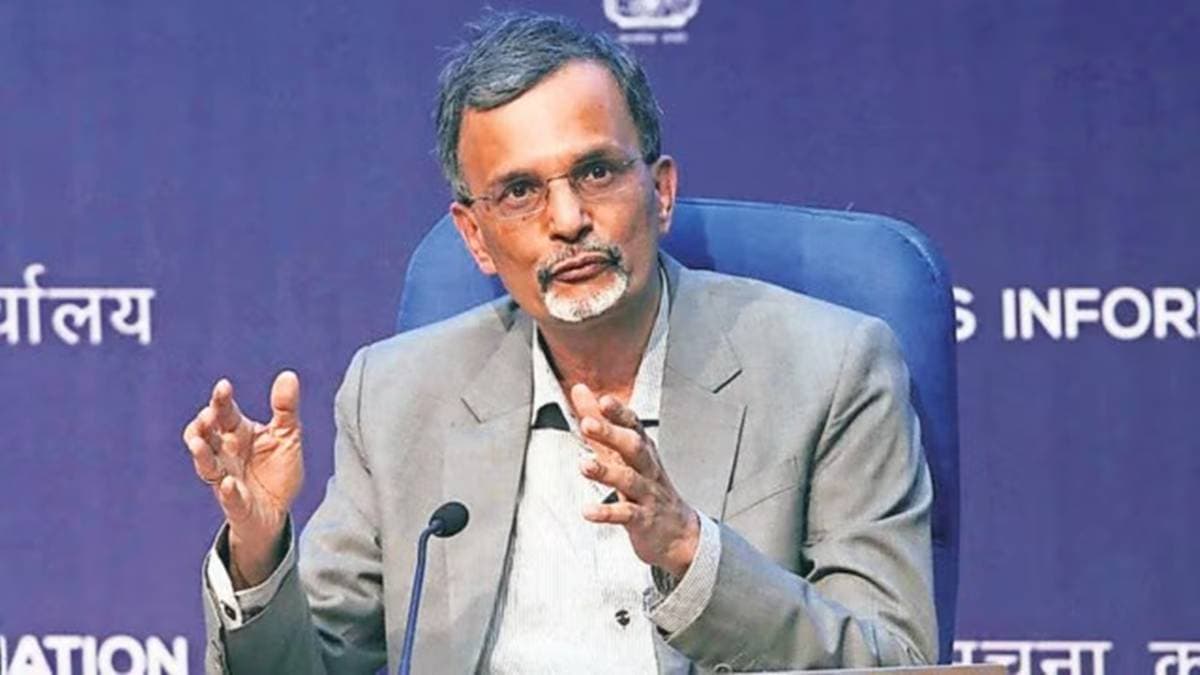During the depths of the pandemic, hospital operator Main Line Health managed to keep all of its beds open and avoid layoffs. But the suburban-Philadephia system struggled like the rest of the industry with spiraling costs and shortages, and had to bring in 250 outside nurses to cope with pressing demand.
Today, most of those agency nurses are gone and a bump in payments from private insurers points to better fortunes for Main Line and its four hospitals. Things “are a little better and they will get better this year,” President and Chief Executive Officer Jack Lynch said.
Yet even as the bottom line looks set to improve, Lynch frets over pressures old and new, including expenses that remain significantly higher. “Inflation is literally out of control,” he said in an interview. It’s a familiar story.
After years of tight finances made more acute by the pandemic, many hospitals across the US are finally beginning to feel a measure of relief. Some of the worst strains from Covid-19 — from staff shortages to spiking expenses and a steep drop in elective procedures — are easing and in many cases, profitability is creeping up.
One major ratings firm, Moody’s Investors Service, has upgraded its outlook for nonprofit hospitals to stable from negative, pointing to factors like moderating labor costs and higher reimbursements from insurers. For the roughly 300 nonprofit providers it tracks, the worst seems to be over. But serious challenges remain, and not everyone is ready to call a turnaround.
Both Fitch Ratings and S&P Global Ratings held to their negative outlooks, saying improving revenues aren’t making up for higher costs, and both expect downgrades to continue to outpace upgrades. About a third of hospitals expect covenant challenges this year, according to consultant Kaufman Hall, compared with about a quarter currently. And the gap between weaker and stronger performers is widening, industry watchers say.
Moody’s even thought twice before changing its outlook. “We had that debate ourselves,” assistant vice president-analyst Matt Cahill said. “Things are looking better than they were, but we’re still not out of the woods yet.”
Investors are feeling more bullish on the sector, too, as returns — which had trailed the broader muni market — have bounced back amid a rebound in all of US fixed income.
“We believe that the sector is clearly in recovery mode,” said Scott Frail, head of public finance at Truist Securities.
That’s allowed hospitals to step up borrowing for deferred projects.
“As fundamentals continue to rebound, we feel that the sector may offer outperformance,” said Jonathan Mondillo, head of North American fixed income at Abrdn.
Mondillo noted the sector’s key role in the economy, which “could insulate issuers and investors” in the event of a broader slowdown. Health-care spending comprised about 18% of US domestic product, or $4.3 trillion, in 2021, according to federal data. Hospitals made up almost a third of that.
Over the years, like many of its peers, Main Line lost business to outpatient centers for procedures like colonoscopies and infusions. At the same time, new expenses for cybersecurity and violence prevention — including $1 million for a rollout this year of wearable panic buttons for staff — have added new burdens. Main Line’s hospital beds are full — partly due to closures in the area — but patients are older and sicker and thus more expensive to treat.
Federal funds have helped, but not enough, said Lynch, whose system has about 55% Medicare patients and 10% Medicaid. Neither cover the cost of care, with Medicare only reimbursing about 75 to 80 cents on the dollar, he said. The hospital is on track to hit $80 million in losses in the current fiscal year, while last year brought a loss of $125 million, double the initial forecast.
Health care’s status as an essential service makes Vanguard Group Inc. “broadly favorable on the long-run prospects” of the sector, said Paul Malloy, head of municipal bonds. “We think it’s an important part of the muni market,” he said in an interview, though he noted that “we’re always a little bit cautious” on single-site or smaller hospital systems.
Those smaller and rural systems, which often treat an older population and are more dependent on government reimbursements, will continue to struggle, as will hospitals with a disproportionate number of publicly-and-uninsured patients.
That points to more distress, even as larger systems rebound. “We are still seeing significant activity within the health-care sector,” said Felicia Gerber Perlman, head of the restructuring practice at law firm McDermott Will & Emery.
Hospitals are used to adapting to up-and-down cycles, said Kevin Neuman, a principal at consulting firm Novo Advisors. To combat staffing shortages for example, some started to provide housing, while others have cut costs by eliminating executive positions like chief operating officer.
“It will slowly come back,” he said. “There will also be new technologies and new ways of doing things.”
Mackinac Straits Health System, a rural Michigan hospital an hour from other providers, is seeing some years-long initiatives paying off.
Patient visits have rebounded, and a move into new services including pharmacy that predated the arrival of Covid-19 is boosting revenues and allowed the system to post small positive operating margins since 2018. Use of outside nurses, though still elevated, is half what it was at the peak of the pandemic. Federal funds helped during the worst days, and a $12 million state grant awarded last year will help fund an outpatient spinal robotic surgery program and a new office building.
“We’ve certainly turned the corner,” CEO Karen Cheeseman said.
Main Line’s Lynch sees improvement, too, and said he’s “pretty confident” the system can get to breakeven or profitability in 2025. But permanently higher costs and flaws in the way the system is financed mean continued struggles, he said.
“The fundamental root cause of the problem is under-reimbursement from the government,” he said.








